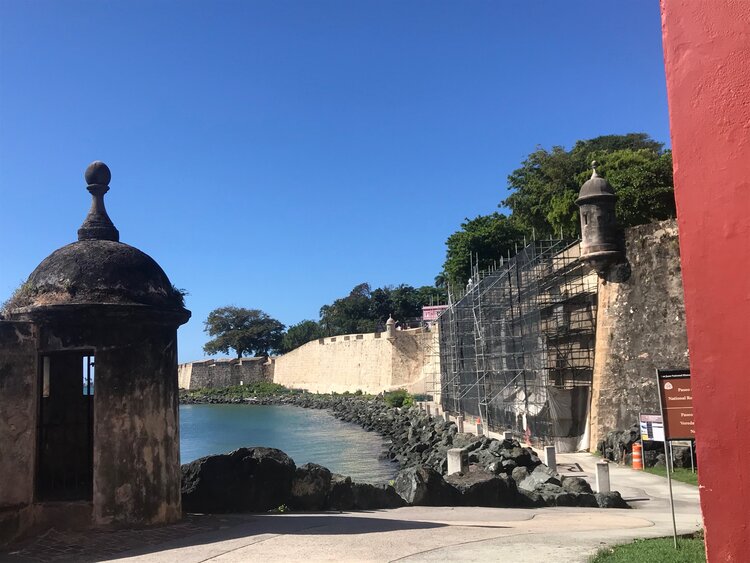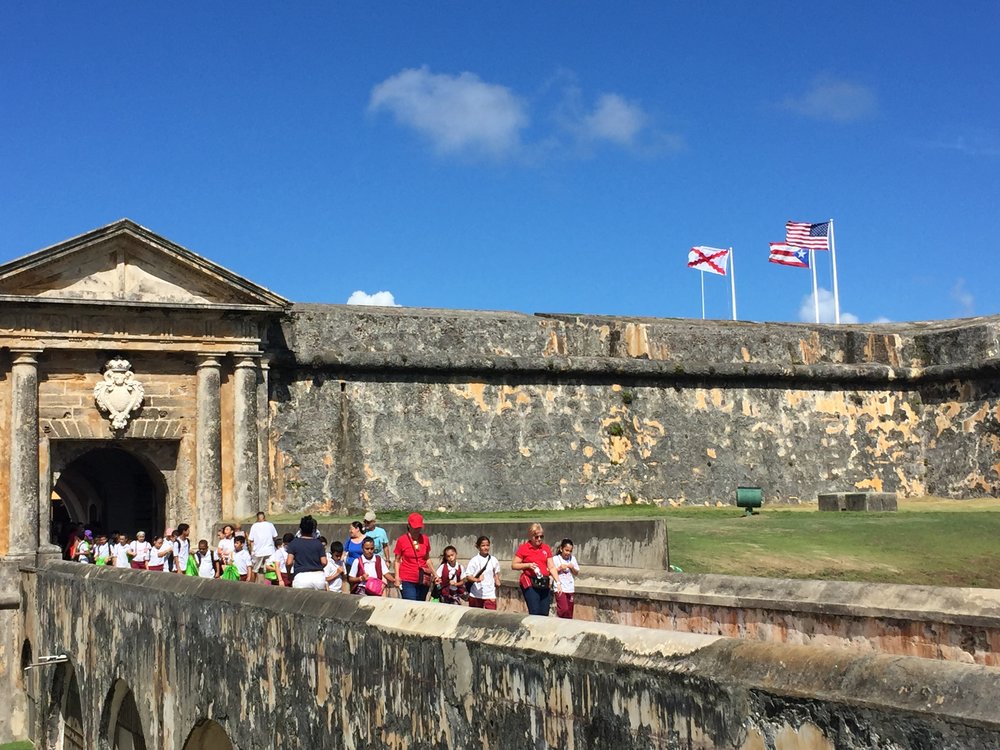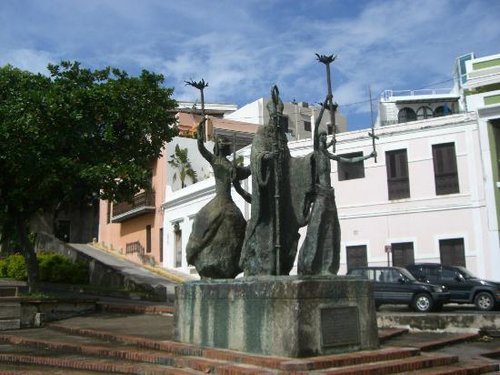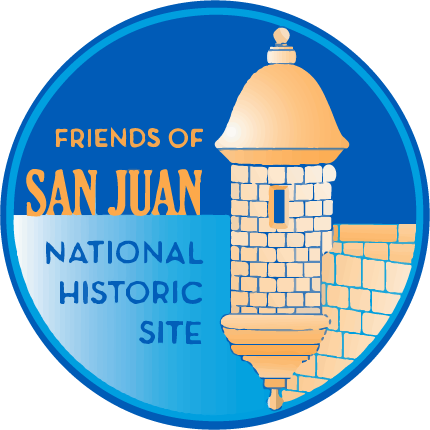Our History
Islands are often celebrated for their cultural diversity, their unique natural resources, or their natural beauty. What is sometimes more difficult to appreciate are the complicated histories and events that have led them to be so celebrated today. It is useful to remember that islands have played and indeed continue to play an important role in sea-faring as well as in inter-regional communication and trade. Their often strategic locations between larger land masses/socio-political powers have made them stages for the enactment of world affairs and homes to people traveling from near and far. Puerto Rico fits this larger picture of island-life in many ways. The island was home to a thriving precolonial population of Taíno people, but was colonized by Spain after the arrival of Christopher Columbus in 1493.


The island remained a possession of Spain for several centuries, though it was sometimes contested by other European powers. The mixture of the native inhabitants, colonists, and soldiers from Spain/Europe, the forced movement of African slaves through the Caribbean, and subsequent episodes of Spanish migration created a diverse cultural setting even before the United States of America acquired the island in 1898 following the Spanish-American War. The island’s current status as an unincorporated territorial possession encourages U.S. travelers and ex-pats to make it their permanent or semi-permanent home and it invites tourists from around the world. In addition to its cultural and historical importance, the island’s stunning beaches, its interior rain forest, its savory foods, its history in the world sugar and rum trade, and its popular music and dance contributions make it a fascinating and beautiful place to visit.
The San Juan National Historic Site, which consists of Castillo San Felipe del Morro, Castillo San Cristóbal, Fortín San Juan de la Cruz (El Cañuelo), the San Juan Gate, Paseo del Morro, and most of the historic wall that surrounds Old San Juan, reflects this complicated history and the important role that Puerto Rico has played in global affairs. Construction of the largest fortress, Castillo San Felipe del Morro, began in the early 1500s and was continuously worked on/repaired for another 250 years. From 1898 until 1961 El Morro also served as part of the U.S. Army fort, Fort Brooke. El Cañuelo was originally built to provide crossfire in conjunction with El Morro against invading forces, but it fell out of use once gunpowder technology at El Morro was powerful enough to stand on its own. Castillo San Cristóbal was built in the following century, in the 1600s, and was intended primarily for protecting against sieges and incursions from the interior. The city’s fortification walls were also begun in the 1600s – they’re 20-feet thick and offered stout protection for the civilians and soldiers inside them. A more detailed account of the site’s history can be accessed here.

The above-mentioned buildings were added to the National Register of Historic Places in 1966 and to the UNESCO World Heritage Site list in 1983 along with La Fortaleza, the name for the Puerto Rican Governor’s official residence.
Our organization is proud to join the National Park Service in its mission to protect and preserve this piece of world history and to promote education about the (multi-)cultural heritage it attests to. In addition, we hope to engage in broader dialogues about the importance of islands in world affairs, the effects of colonialism within the Caribbean and further afield, and how islands like Puerto Rico can contribute in a positive way to globalization, to creativity with technologies, and to sensitivity in cultural relationships.
